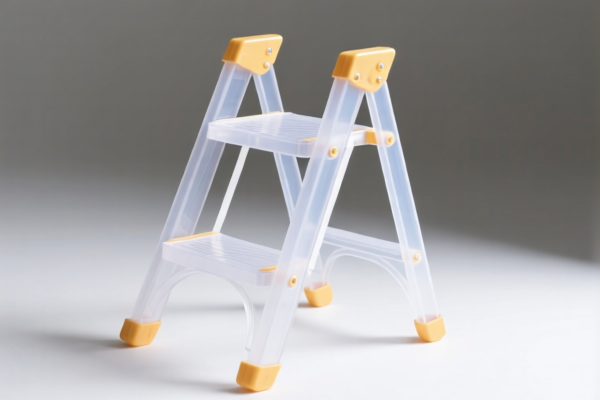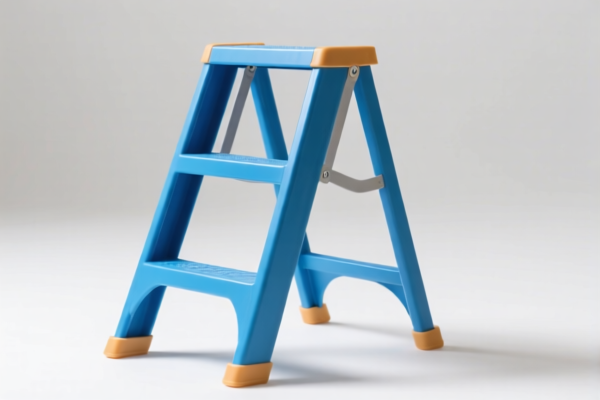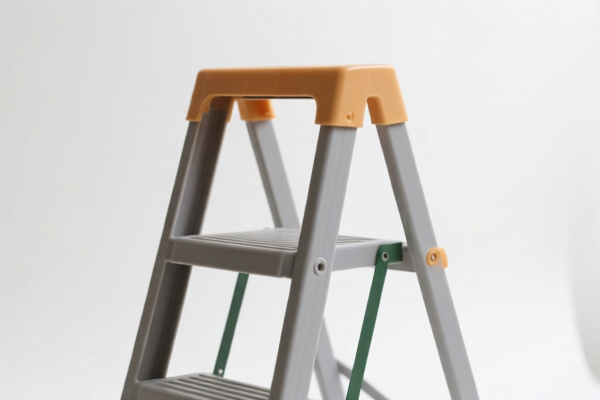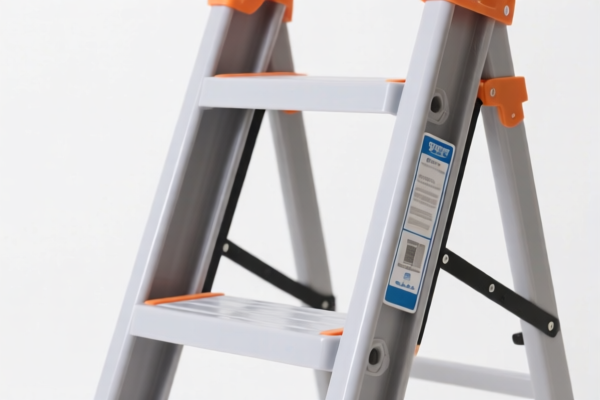| HS Code | Official Doc | Tariff Rate | Origin | Destination | Effective Date |
|---|---|---|---|---|---|
| 4404100080 | Doc | 55.0% | CN | US | 2025-05-12 |
| 4404200080 | Doc | 55.0% | CN | US | 2025-05-12 |
| 4418300100 | Doc | 58.2% | CN | US | 2025-05-12 |
| 4418919105 | Doc | 58.2% | CN | US | 2025-05-12 |
| 7313000000 | Doc | 80.0% | CN | US | 2025-05-12 |
| 7308903000 | Doc | 80.0% | CN | US | 2025-05-12 |
| 9406900190 | Doc | 82.9% | CN | US | 2025-05-12 |
| 9406900130 | Doc | 82.9% | CN | US | 2025-05-12 |
| 8307103000 | Doc | 58.8% | CN | US | 2025-05-12 |
| 8307106000 | Doc | 58.8% | CN | US | 2025-05-12 |
| 8308909000 | Doc | 57.7% | CN | US | 2025-05-12 |
| 3925900000 | Doc | 60.3% | CN | US | 2025-05-12 |
| 3925100000 | Doc | 61.3% | CN | US | 2025-05-12 |
| 3926901000 | Doc | 40.9% | CN | US | 2025-05-12 |
| 3926909930 | Doc | 42.8% | CN | US | 2025-05-12 |
| 6506996000 | Doc | 63.5% | CN | US | 2025-05-12 |
| 6507000000 | Doc | 55.0% | CN | US | 2025-05-12 |




Fence Post
A fence post is a structural component used to support a fence. They are typically made from durable materials and are set into the ground to provide a stable anchor point for fence rails or wire.
Materials
Fence posts are constructed from a variety of materials, each with its own advantages and disadvantages:
- Wood: Traditionally the most common material. Pine, cedar, redwood, and treated fir are frequently used. Wood is relatively inexpensive and easy to work with, but is susceptible to rot, insect damage, and weathering. Requires regular maintenance (painting, staining, or preserving).
- Metal: Includes steel, aluminum, and iron. Steel is strong and long-lasting but prone to rust if not galvanized or powder-coated. Aluminum is lightweight, corrosion-resistant, and requires minimal maintenance, but is less strong than steel. Iron offers a classic aesthetic but requires significant corrosion protection.
- Concrete: Durable and long-lasting, resistant to rot and insects. Can be pre-cast or poured on-site. Heavier and more difficult to install than wood or metal.
- Vinyl (PVC): Low-maintenance, resistant to rot, insects, and weathering. Can be brittle in cold weather and may become more expensive than wood.
- Composite: Made from a blend of wood fibers and plastic. Offers a balance of durability, low maintenance, and aesthetic appeal. Can be more expensive than wood.
Purpose
The primary purpose of a fence post is to provide vertical support for a fence line. They define the boundaries of a property, contain animals, provide security, and offer privacy.
Function
Fence posts perform several key functions:
- Structural Support: They bear the load of the fence rails or wire, resisting wind, animal pressure, and other external forces.
- Alignment: They maintain the correct height and alignment of the fence.
- Anchorage: They are firmly embedded in the ground to prevent the fence from collapsing or shifting.
Usage Scenarios
Fence posts are used in a wide range of applications:
- Agricultural Fencing: Containing livestock, defining pasture boundaries.
- Residential Fencing: Providing privacy, security, and aesthetic appeal around homes.
- Commercial Fencing: Securing properties, controlling access, and enhancing aesthetics.
- Garden Fencing: Protecting plants from animals, defining garden boundaries.
- Temporary Fencing: Used for construction sites, events, or crowd control.
Common Types
- Line Post: Intermediate posts that support the fence rails between terminal posts. Typically smaller in diameter or width than terminal posts.
- Terminal Post (Corner, End, Gate Post): Located at the ends of a fence line or around corners. Larger and more robust than line posts to withstand greater forces. Gate posts are specifically designed to support the weight and movement of a gate.
- Braced Post: Posts with diagonal braces added for increased stability, often used at corners or ends of long fence runs.
- Pre-treated Post: Wood posts that have been chemically treated to resist rot and insect damage.
- Post with pre-installed hardware: Posts that come with brackets or other hardware for easy attachment of rails or wire.
Fence posts can be categorized based on material and function. They are typically used for support, enclosure, and demarcation in agricultural, residential, and industrial settings. The material can range from wood to metal or plastic.
The following HS codes are relevant, based on the provided reference material:
- 4404100080: This HS code covers Hoopwood; split poles; piles, pickets and stakes of wood, pointed but not sawn lengthwise; wooden sticks, roughly trimmed but not turned, bent or otherwise worked, suitable for the manufacture of walking-sticks, umbrellas, tool handles or the like; chipwood and the like: Coniferous Poles, piles and posts. This would apply to wooden fence posts made from coniferous wood. The total tax rate is 55.0%.
- 4404200080: This HS code covers Hoopwood; split poles; piles, pickets and stakes of wood, pointed but not sawn lengthwise; wooden sticks, roughly trimmed but not turned, bent or otherwise worked, suitable for the manufacture of walking-sticks, umbrellas, tool handles or the like; chipwood and the like: Nonconiferous Poles, piles and posts. This would apply to wooden fence posts made from non-coniferous wood. The total tax rate is 55.0%.
- 7313000000: This HS code covers Barbed wire of iron or steel; twisted hoop or single flat wire, barbed or not, and loosely twisted double wire, of a kind used for fencing, of iron or steel. This applies to steel fence posts that are barbed wire or twisted wire used for fencing. The total tax rate is 80.0%.
- 7308903000: This HS code covers Structures (excluding prefabricated buildings of heading 9406) and parts of structures (for example, bridges and bridge sections, lock gates, towers, lattice masts, roofs, roofing frameworks, doors and windows and their frames and thresholds for doors, shutters, balustrades, pillars and columns) of iron or steel; plates, rods, angles, shapes, sections, tubes and the like, prepared for use in structures, of iron or steel: Other: Columns, pillars, posts, beams, girders and similar structural units: Not in part of alloy steel. This applies to steel fence posts that are structural units, not made of alloy steel. The total tax rate is 80.0%.
- 3925900000: This HS code covers Builders' ware of plastics, not elsewhere specified or included: Other. This applies to plastic fence posts not specifically categorized elsewhere. The total tax rate is 60.3%.
- 3925100000: This HS code covers Builders' ware of plastics, not elsewhere specified or included: Reservoirs, tanks, vats and similar containers, of a capacity exceeding 300 liters (If the fence post is hollow and can be considered a container). If the plastic fence post is hollow and has a capacity exceeding 300 liters, it may fall under this category. The total tax rate is 61.3%.
Important Note: Regarding HS code 3925100000, if the fence post is hollow and can be considered a container with a capacity exceeding 300 liters, this HS code may be applicable.
Customer Reviews
No reviews yet.